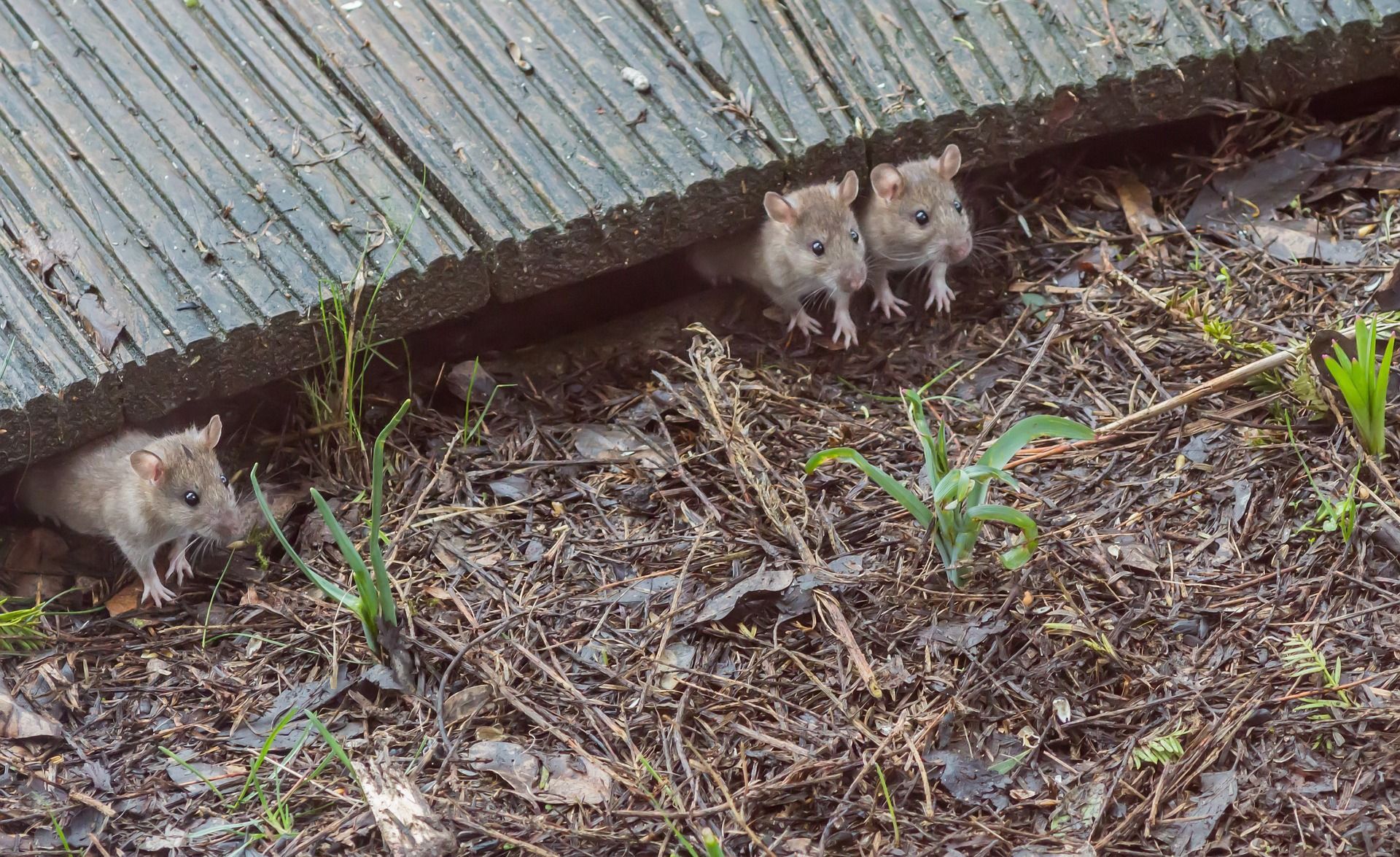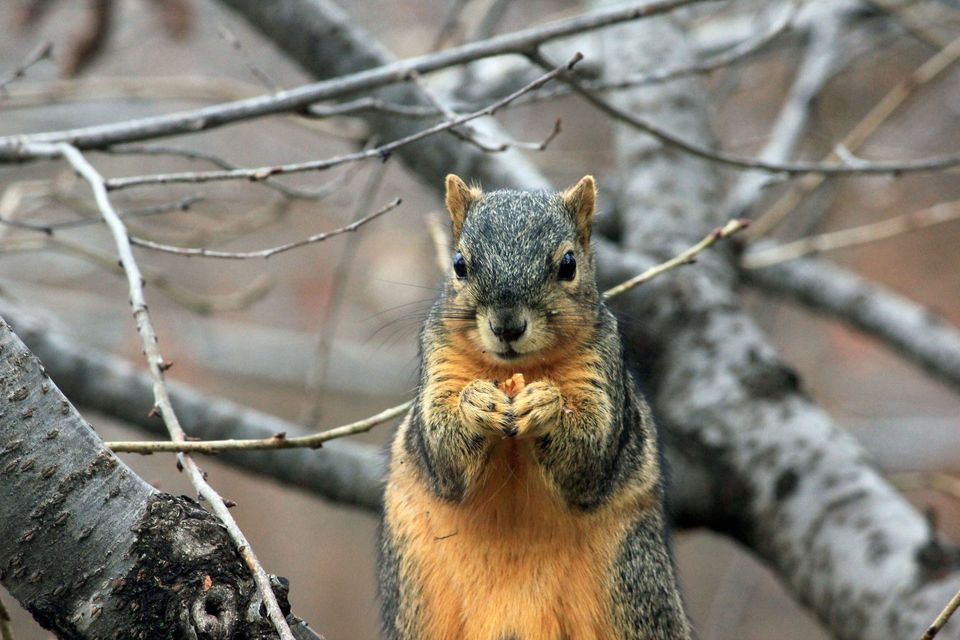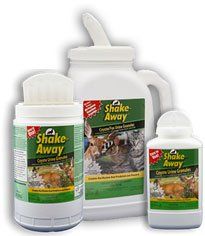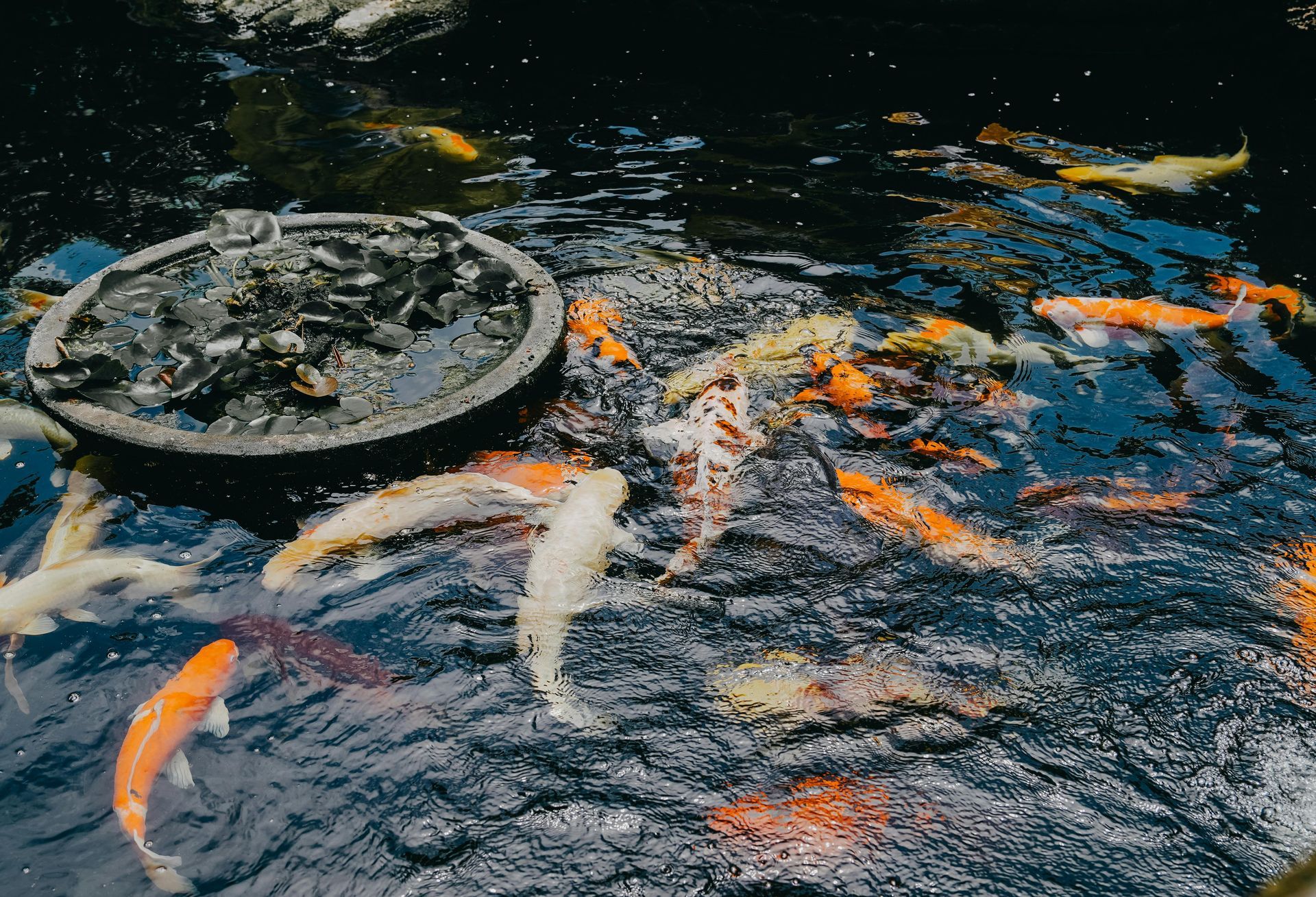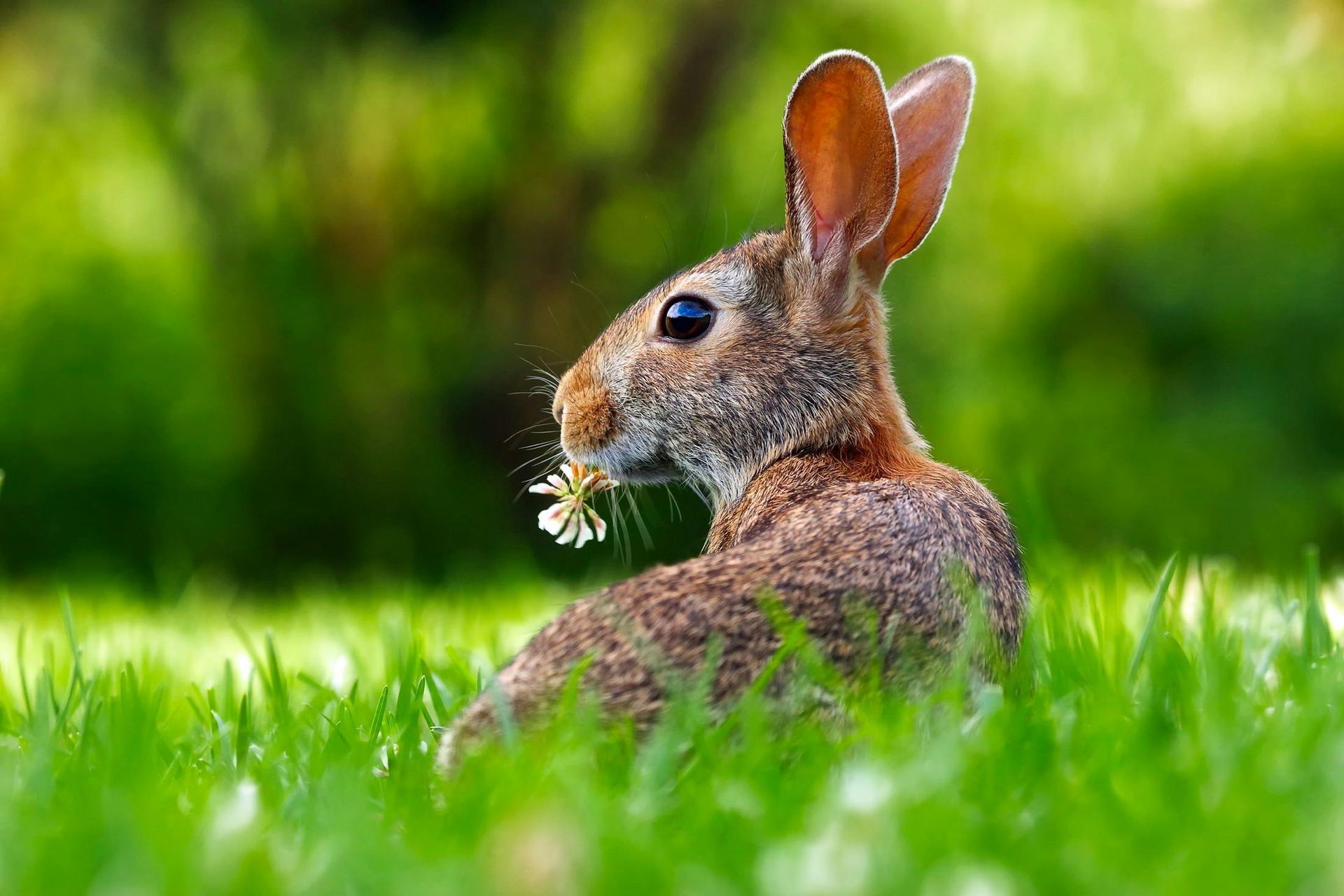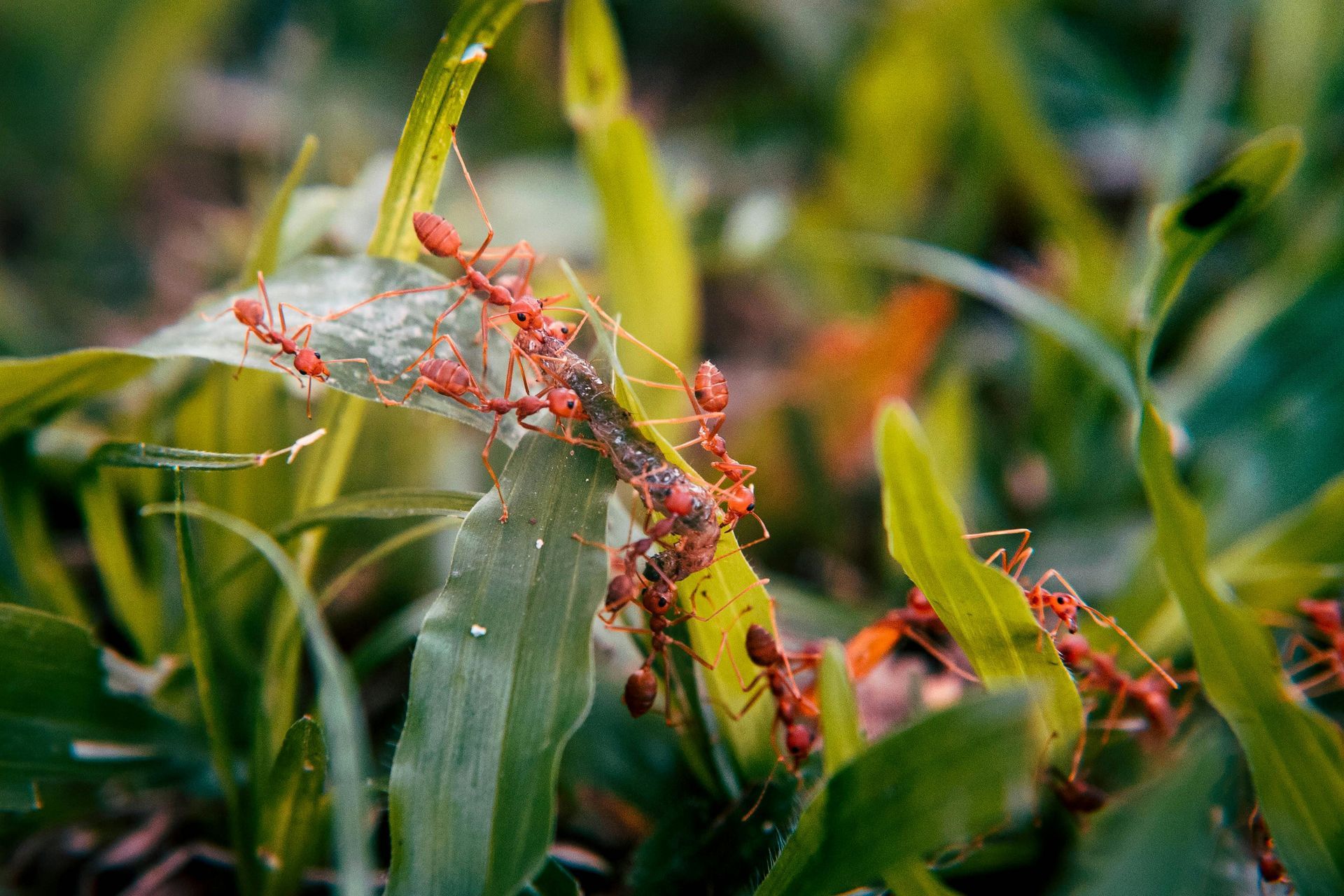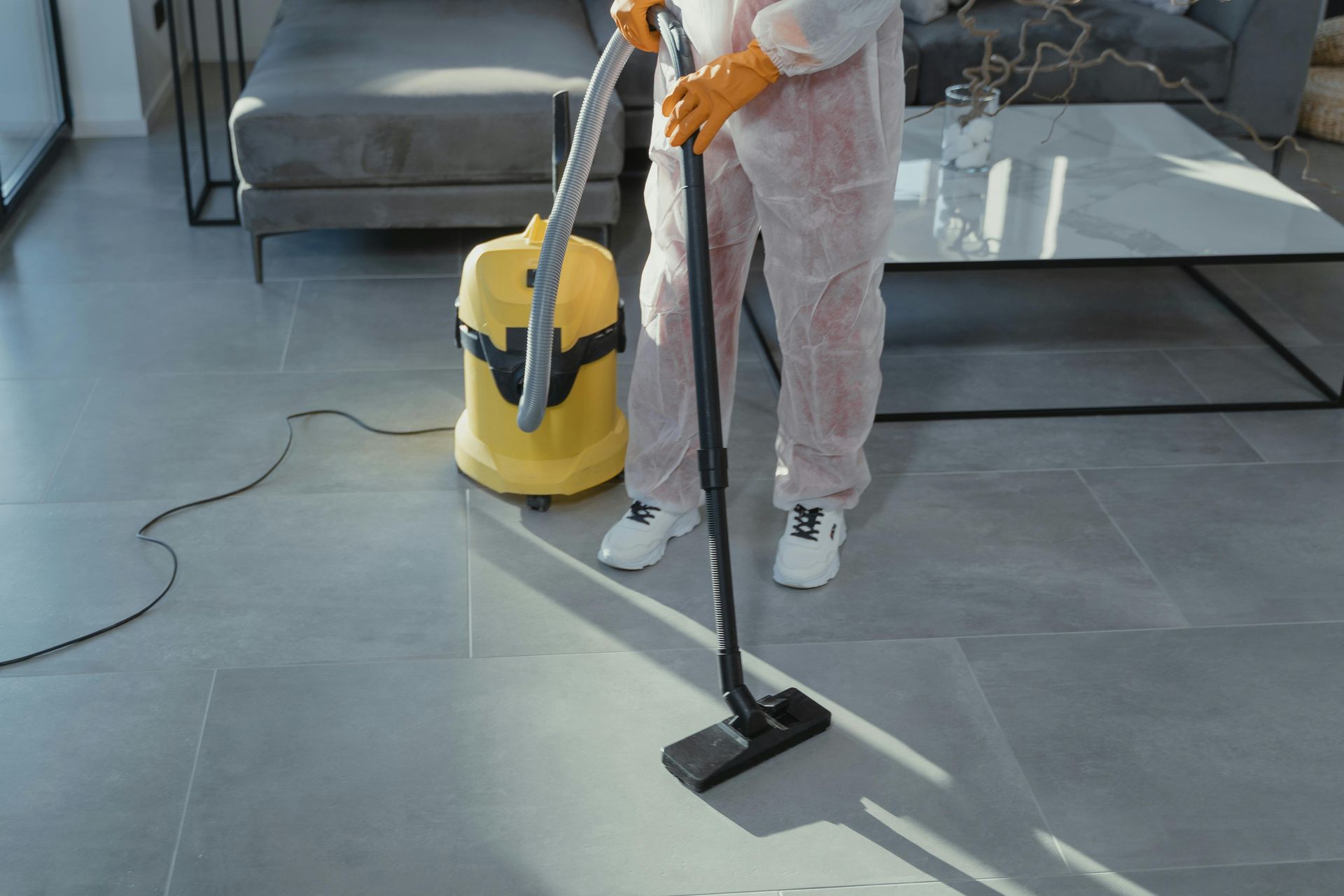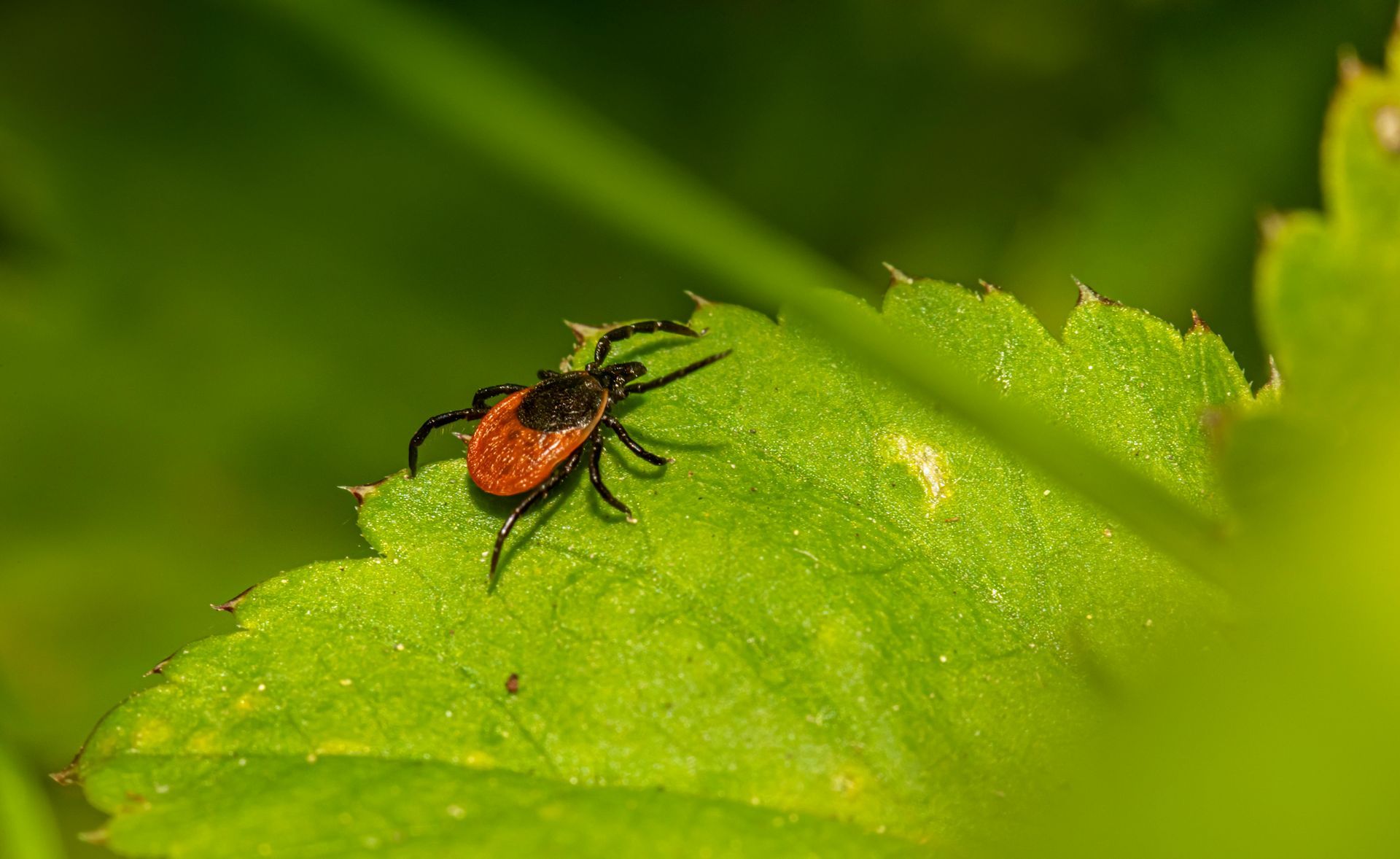Your Home & Lawn - Winter's Most Damaging Animals
Some animals can be even more damaging during winter
As the colder months draw near and we get closer to that official first day of winter (December 21, 2019, this year), we need to start thinking about preparing our home for the cold and snowy weather. In addition to basic preparations for the physical components of our home, so too do we need to think about animals that may be looking to move in when the climate gets too cold for them to stay in their dens.
It’s easy to assume that most animals will hibernate in the winter. And, many indeed do. However, there are a variety of different hibernation patterns and behaviors, and so homeowners should not assume that all animals will hibernate at the same time or in the same way.
Which animals to be wary of during the winter months
Groundhogsand chipmunks so hibernate all winter long. Though they hibernate in different ways, chances are that you will not see these critters during the winter. Mice, rats, and tree squirrels, on the other hand, are a different story. As mice and rats are nocturnal, it may be harder for you to identify that they are out and about in the winter. But, if they get desperate for a meal, they will venture out to locate more food. Due to the cold weather, they may even be driven indoors as part of their search for food and a warm shelter.
Skunkactivity will slow down during the winter, but these animals do not hibernate. During times of extreme cold, they are likely to create a winter burrow somewhere that something else has created. A popular spot for skunks to sleep away the winter is under your front porch or in other burrows that humans have created for some reason or another. In these spaces, they eat very little and rest quite a bit as they wait for the warmer months to return. Their bodies enter a state of torpor which means that their breathing and metabolism will slow and their body temperatures will drop, which allows them to get through the season.
Deerare commonly seen throughout the winter months. Though they rely on the darkness as a way to get out and about and to forage for food (as most of their predators are sleeping), they sleep lightly to keep themselves protected. They tend to sleep under coniferous trees when they need rest, and then will be out and about when it is time to look for food. As is the case with deer during any month of the year, they may be drawn to your home and yard as a place they deem as safe (as humans are out and about less in the winter too) and where they feel they can find food.
Wild animals generally have three options to survive the winter months. They can either migrate to warmer climates, go into hibernation and slumber the winter away, or they can look for a warm and safe place where they can safely rest and stay well fed. Most animals either migrate or go into hibernation. However, homeowners need to be aware of the animals that do not.
Steps should be taken to protect your home from critters that are looking to get in and stay warm. Though one might want to help these animals to stay warm, their cute and cuddly appearance and their need for food shouldn’t fool you into thinking that your home is a great option. Wild animals are still wild, and they come fraught with diseases that can be passed along to your family pet, your children, etc. Homeowners that take steps to properly secure their homes and seal up cracks, crevices, and other entry points, will fare far better from animal-related home damage during the winter.
Critter Repellent All Natural Animal Repellent Blog
